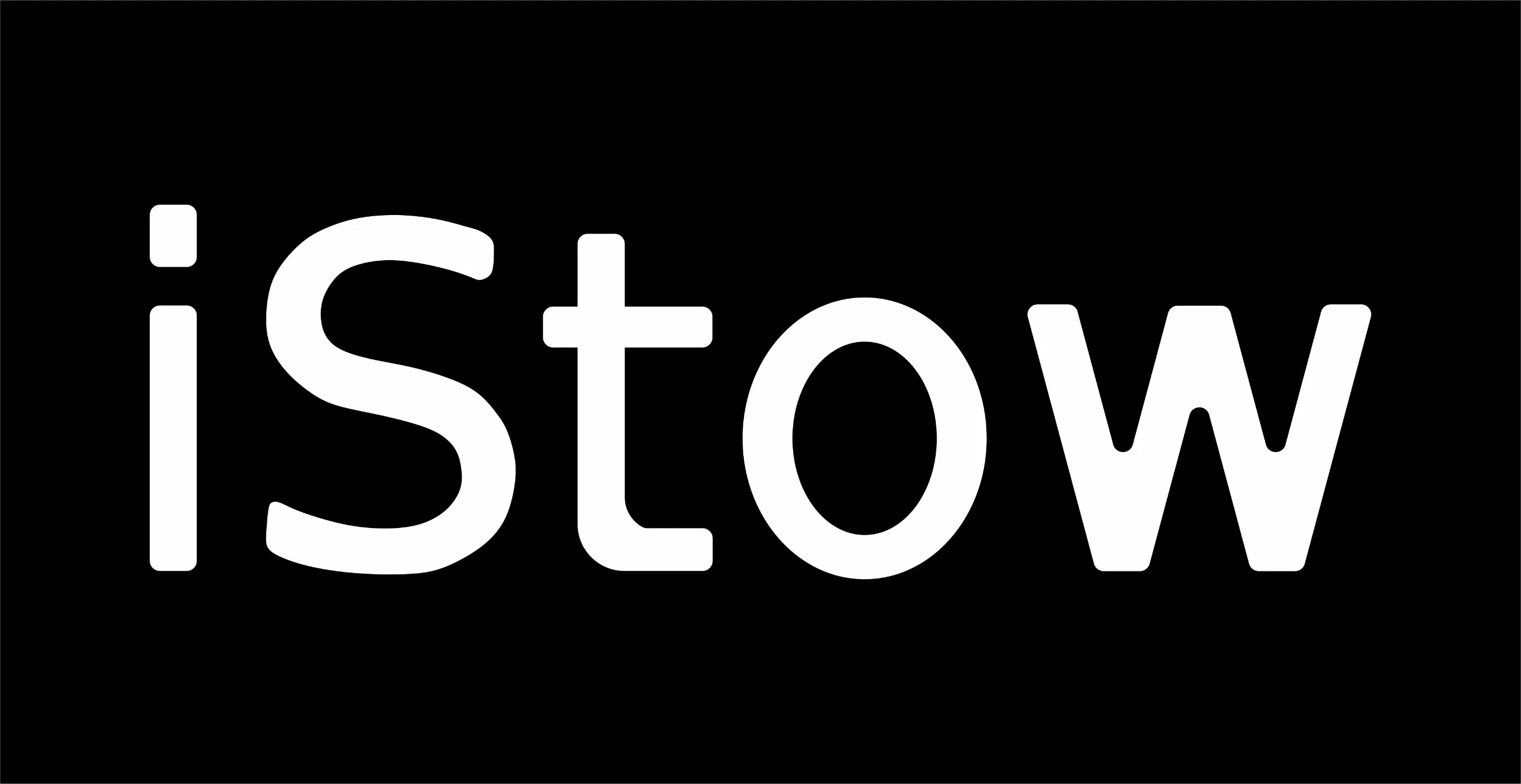3 Reasons Why the Maritime Industry Needs Digital Transformation
16 June 2023
Digitization is the process of converting conventional information into digital form. Records on paper, on walls, or on stone are transformed into digital format. This digital form is stored inside a computer. Digitization is the ongoing process of digitizing for further purposes, aiming to enhance productivity and maritime safety. Digital information in the form of text is further processed to generate management reports, and digital images are processed to determine the volume of ship spaces. Ship and cargo data are further processed to assess whether the vessel has adequate stability indicators.
Digital transformation encompasses all direct user, societal, or organizational actions in using information technology in the form of digital assets. This includes changes in public habits and behaviors related to payments, transitioning from conventional currency and cash to digital wallets or bank cards. It also involves the digital transformation from the previous manual ship loading process, which was time-consuming and more susceptible to calculation errors, to a digital system.

iStow Product Varians. Photo: Pranala Digital Transmaritim
Why is Digital Transformation Important?
Three reasons why the maritime industry should immediately initiate and continue the process of digital transformation:
1. Advanced Information Technology
International maritime regulations require that ships demonstrate an adequate level of safety. This is crucial for the validity of maritime insurance protection, including Protection & Indemnity (P&I), Hull & Machinery (H&M), and cargo insurance. IMO stability criteria consist of 8 calculation elements, including the area of the GZ curve, GM calculation, maximum allowable list calculation, and IMO weather criteria. Additionally, visible aspects such as trim and draft of the ship are considered. A ferry, for example, will promptly close its ramp door 2-5 minutes after the last vehicle is loaded. Within this timeframe, the latest manifest documents and stability calculations must be completed. The preparation of documents and stability calculations according to complex IMO standards cannot be accurately done through manual calculations.
2. Information Technology Becomes More Affordable
Information technology is advancing, with processing speed doubling every 18 months. The cost of computer equipment, software, and internet tariffs continues to become more affordable. This decreasing cost allows everyone from workers to school children to use computers and mobile phones. Consequently, everyone can access information from the internet cheaply and easily, including its applications in the maritime field.
3. International and National Regulations Mandate
All international maritime regulations refer to rules set by the International Maritime Organization (IMO). Every ship and terminal strives to enhance its productivity. The operational windows for ships are becoming tighter, while maintaining an adequate level of safety is essential. Therefore, the IMO mandates the use of computers to ensure accurate stability calculations for ships. For monitoring hazardous goods (IMDG Codes), implementing ISM Codes, and reporting emissions, the current regulations already require the use of information technology.
Hence, it is time for the maritime industry to initiate and continue digital transformation to maintain its competitiveness.
Baca artikel ini dalam Bahasa Indonesia.
